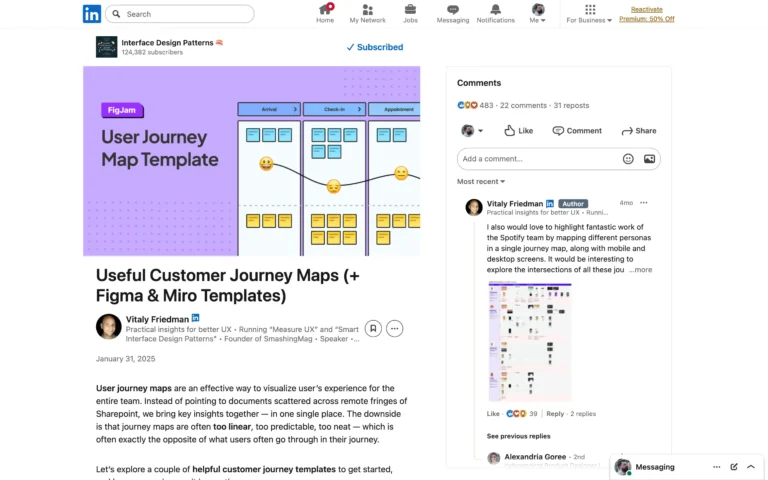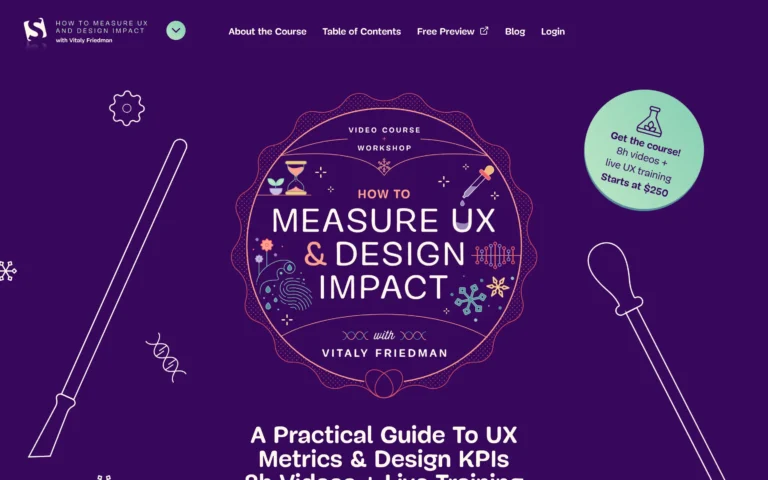This article by ntile explores the HADI cycle as a practical framework for testing hypotheses and gaining customer insights. The author begins by noting how companies must constantly generate new ideas to better understand and satisfy customers.
The HADI cycle is introduced as a simple but effective method involving four key steps: Hypothesis, Action, Data, and Insight. By systematically moving through these phases, businesses can implement ideas on a small scale, collect meaningful data, and learn what approaches are most effective.
ntile discusses what typically happens to untested hypotheses and the importance of filtering ideas according to feasibility and team buy-in. Examples are also provided of when not to force an implementation, such as if it fails to address the core problem.
Readers learn that each HADI cycle should be completed rapidly, usually within a week, to maintain the agile process. The article provides a clear and thoughtful overview of applying this hypothesis-driven approach in organizations. Business leaders seeking practical ways to test assumptions and refine strategies will find this piece by ntile insightful.







